Donor hair follicle preservation by partial follicular unit extraction. A method to optimize hair transplantation
April 2010
in “Journal of Dermatological Treatment”
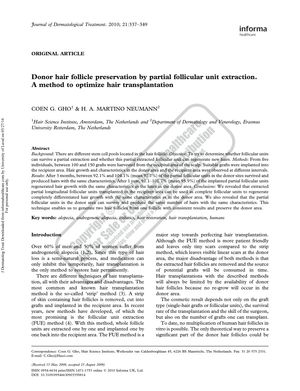
TLDR Partial hair follicle extraction can effectively double the number of hair follicles for transplants, with most surviving and growing normally after a year.
In 2010, a study on partial longitudinal follicular unit extraction (FUE) was conducted with five male patients aged 36-61 with androgenetic alopecia to assess whether this method could preserve donor hair follicles and optimize hair transplantation. The study found that after 3 months, 92.1% to 104.1% (mean 97.7%) of the donor site partial units survived, and after 1 year, 91.1% to 101.5% (mean 96.1%) of the implanted partial units in the recipient area showed hair growth with characteristics similar to the donor area. The multiplication rate of hairs was between 83.2% and 102.1%, with a mean of 93.3%. The study concluded that partial FUE can generate two hair follicles from one original follicle, with a high rate of hair multiplication and preservation in both donor and recipient areas. However, the study had limitations, including a small sample size and the inclusion of patients with previous hair transplants, and suggested that further research with more patients is needed to confirm the clinical relevance of the technique.
View this study on tandfonline.com →
Cited in this study

research Androgenetic Alopecia
Male pattern hair loss is genetic and influenced by hormones, with treatments like minoxidil and surgery available.

research Prevalence of Male and Female Pattern Hair Loss in Maryborough
Hair loss common in Australia; men affected earlier, more often than Asians; women less concerned.
Related
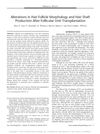
research Alterations in Hair Follicle Morphology and Hair Shaft Production After Follicular Unit Transplantation
Hair transplants can make hair follicles larger and hair shafts thicker.
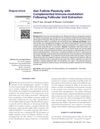
research Hair follicle plasticity with complemented immune-modulation following follicular unit extraction
Transplanted hair follicles can change and adapt to new areas of the body, with the immune system possibly playing a role in this adjustment.
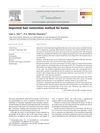
research Improved hair restoration method for burns
PL-FUT is an effective hair restoration method for burn victims with minimal scarring and high patient satisfaction.
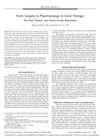
research From Surgery to Pharmacology to Gene Therapy
Hair restoration has evolved from surgery to drugs to potential gene therapy, with improved results and ongoing research driven by high demand.
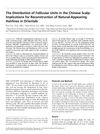
research The Distribution of Follicular Units in the Chinese Scalp: Implications for Reconstruction of Natural-Appearing Hairlines in Orientals
Chinese patients have fewer hair follicles than Caucasians, and transplanting hair at 40% of normal density works for natural-looking hairlines.
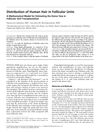
research Distribution of Human Hair in Follicular Units
The research found that for a typical hair density, about 11 square centimeters of donor scalp is needed to get 800 hair grafts for transplantation.